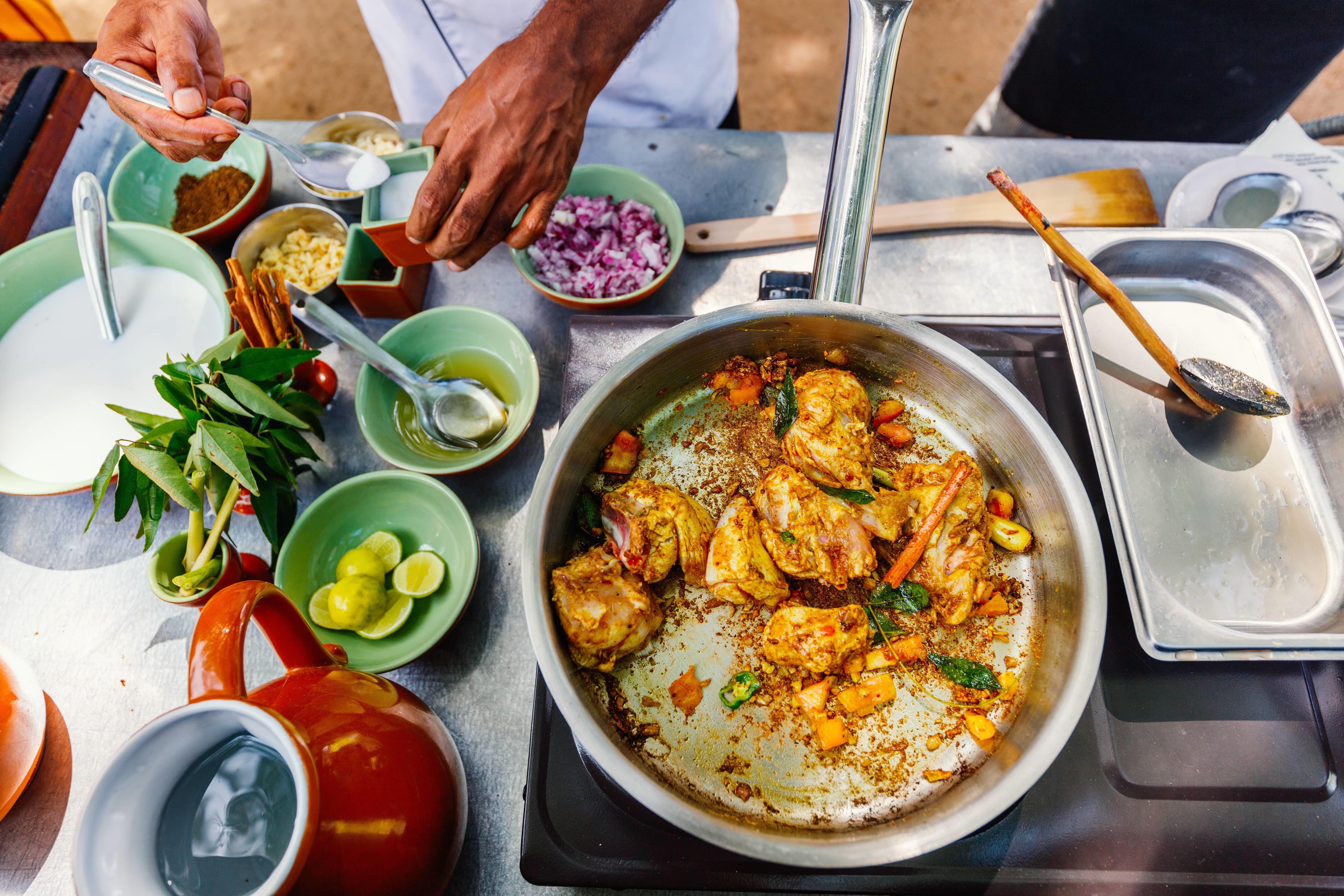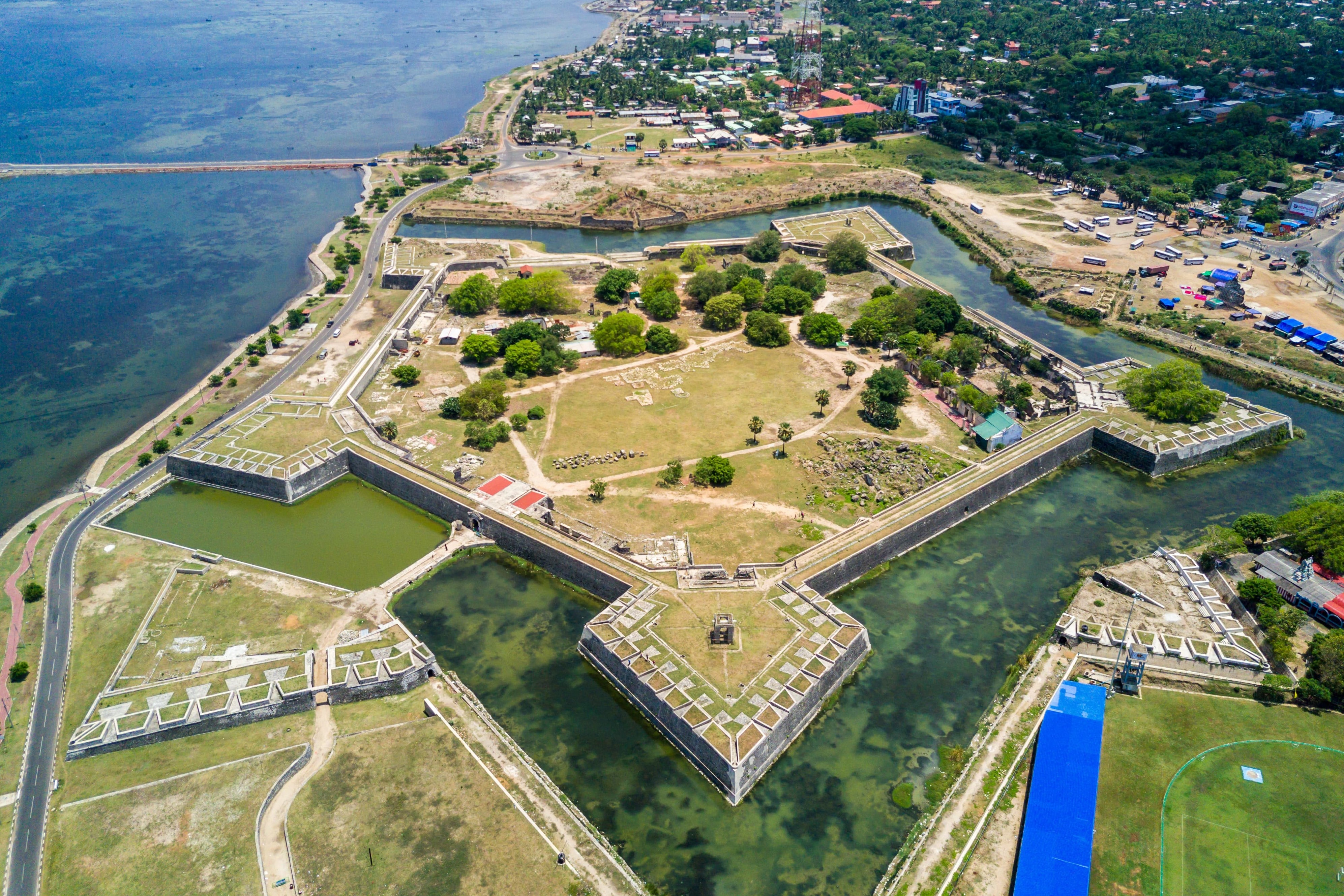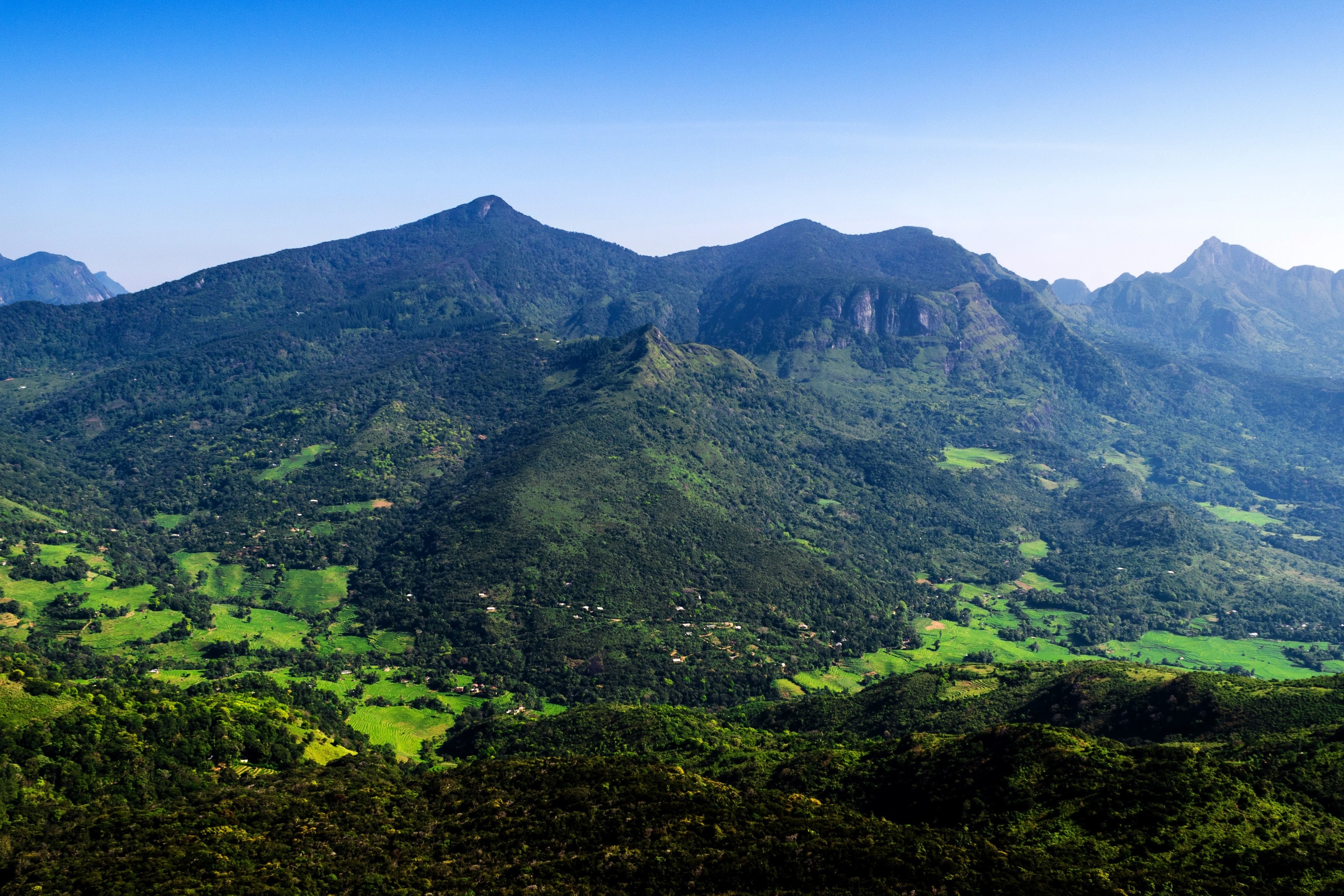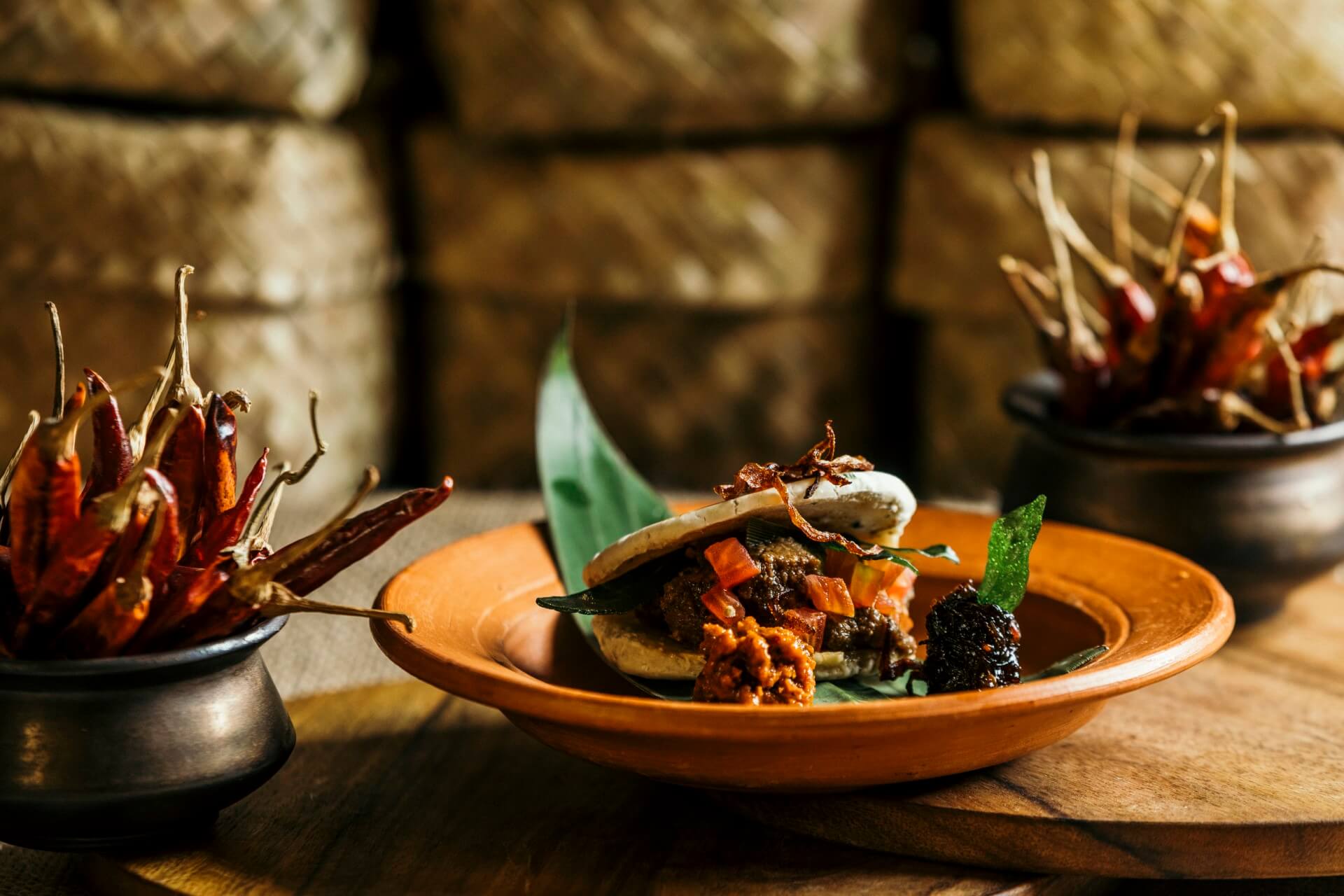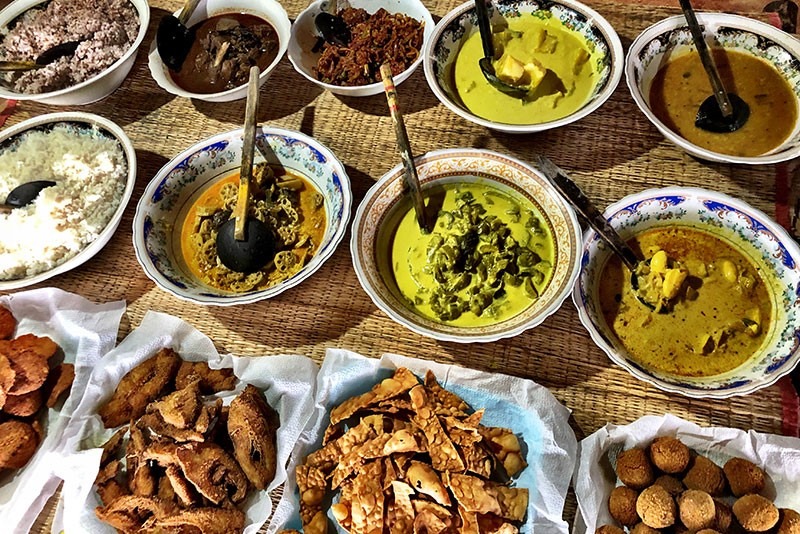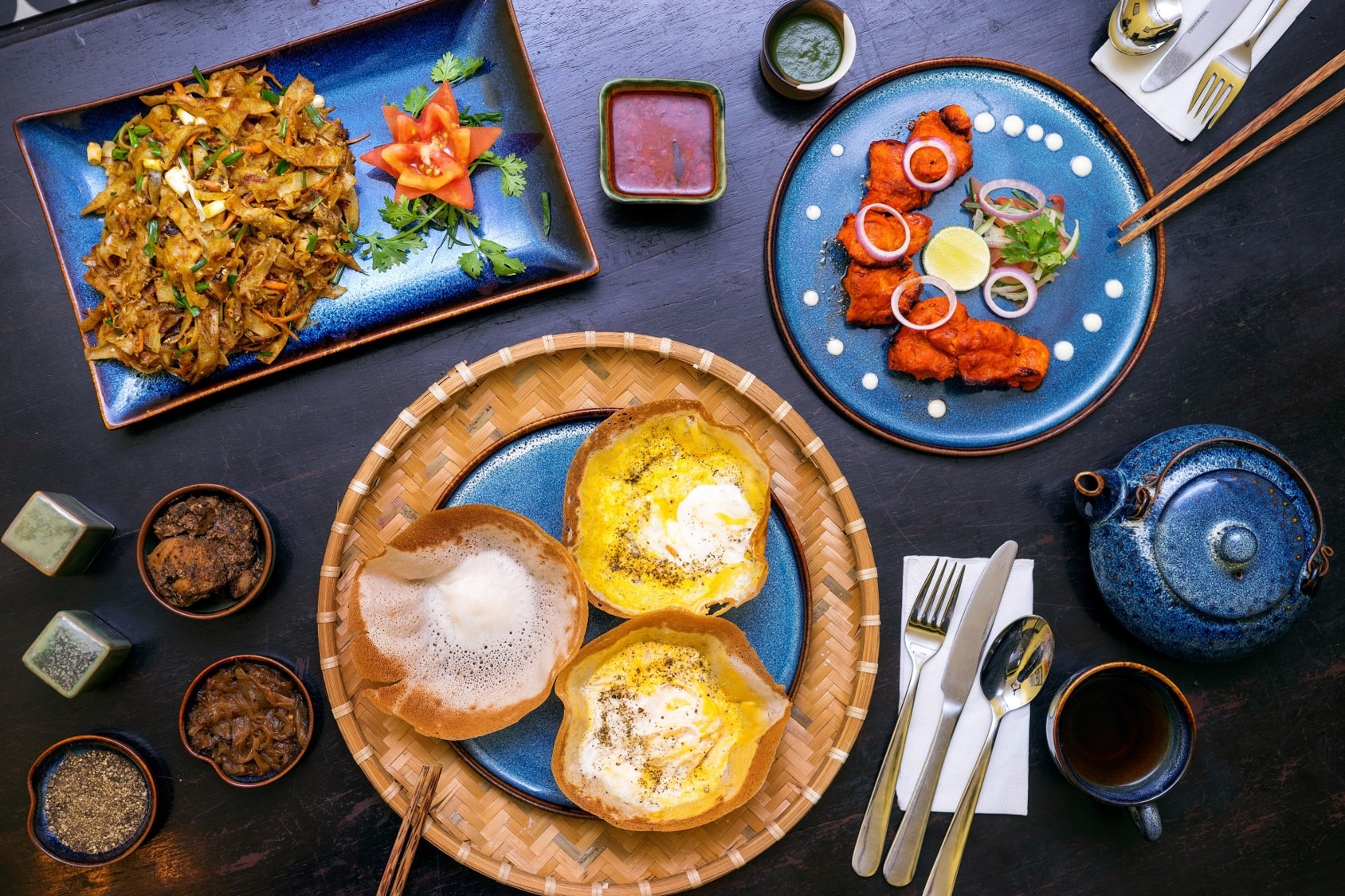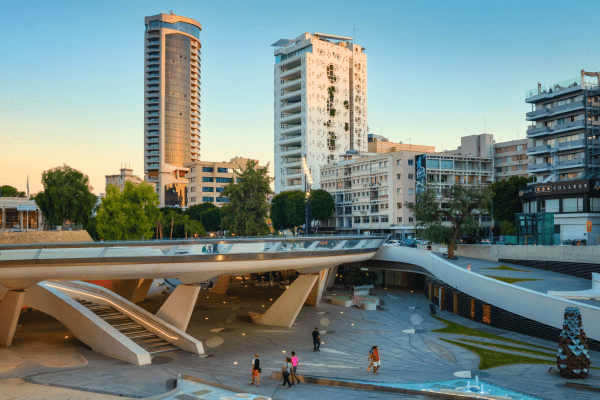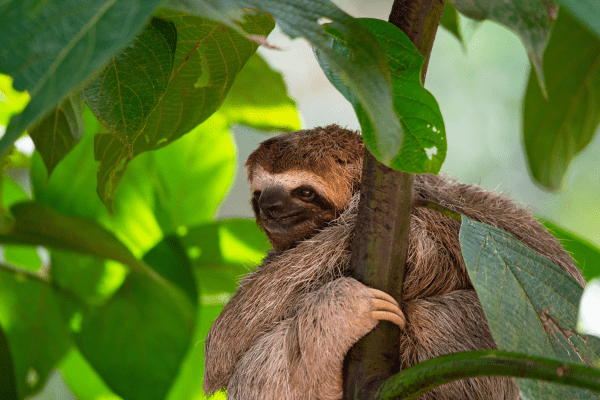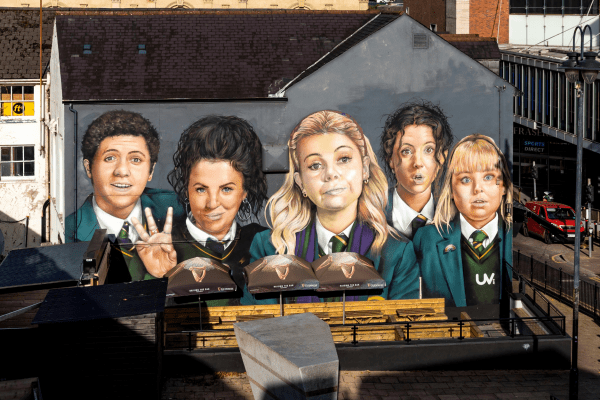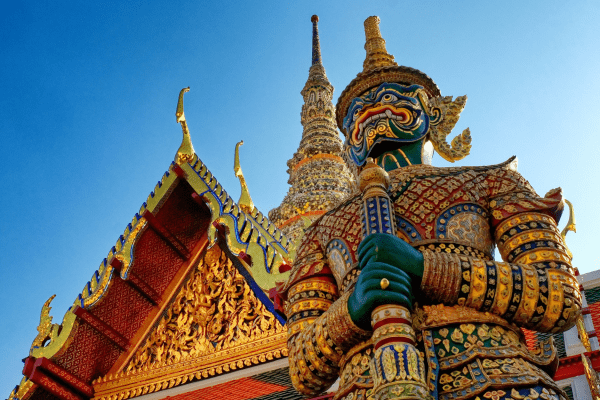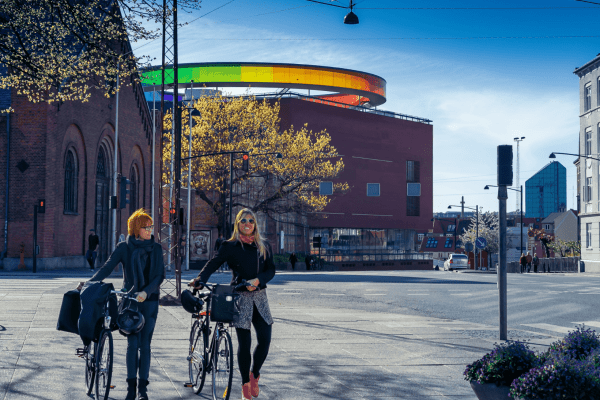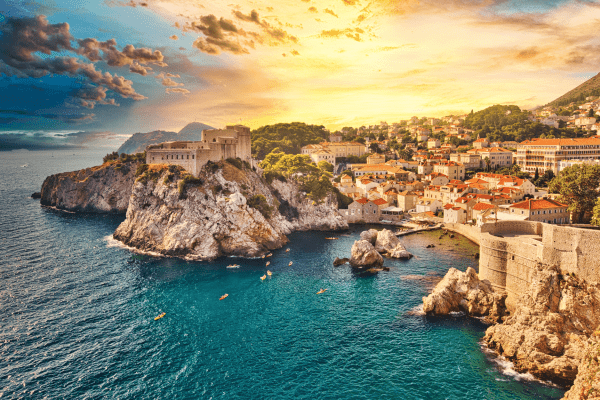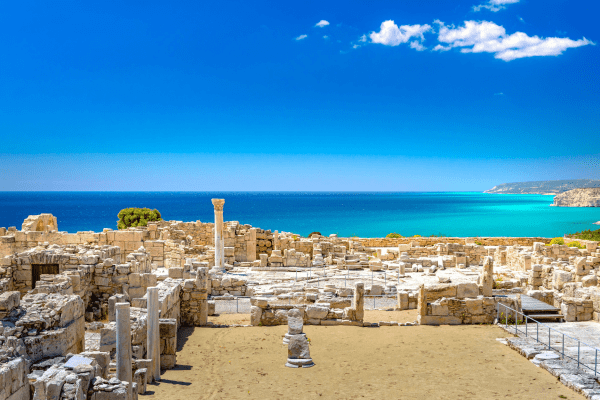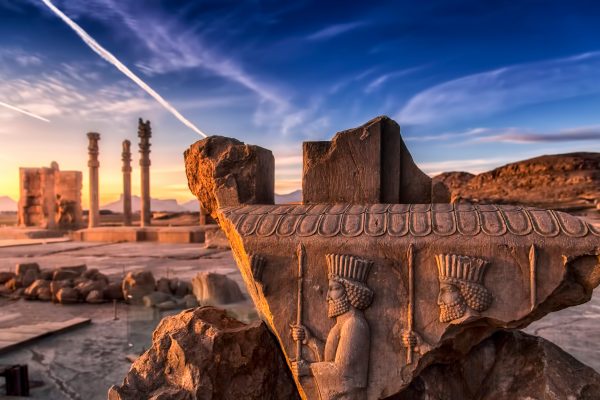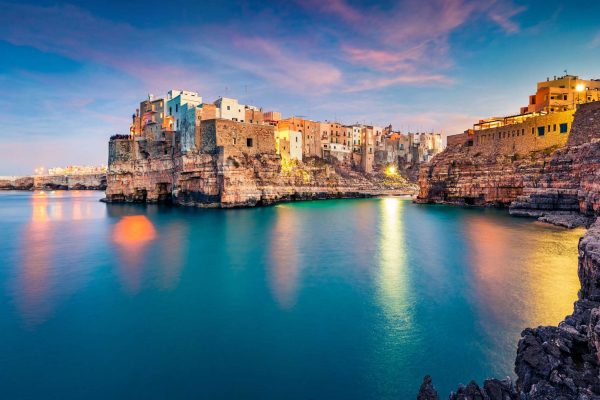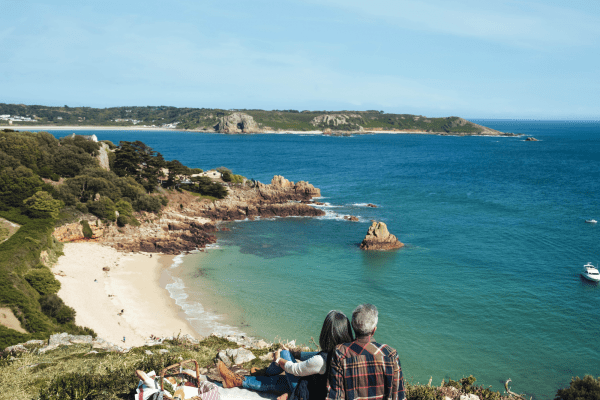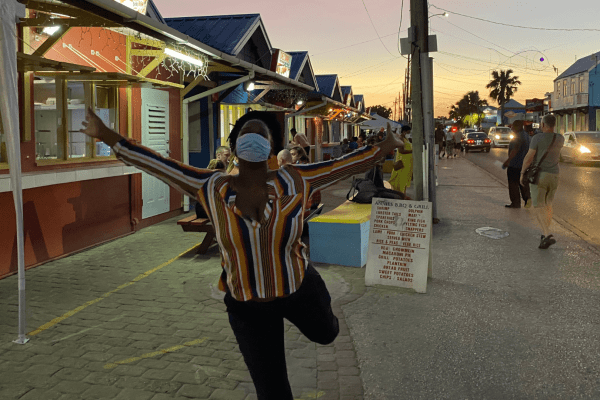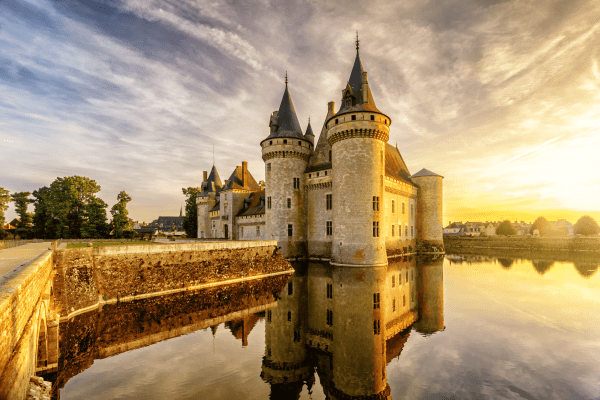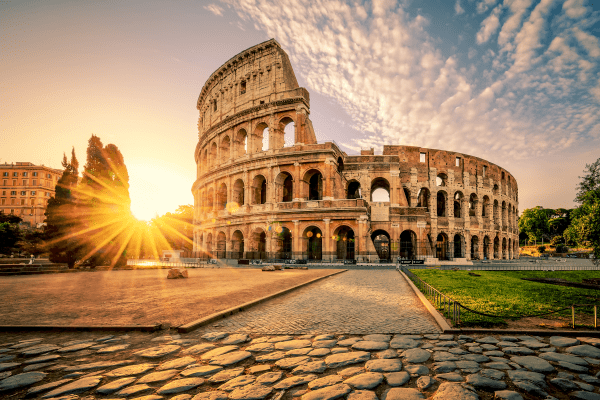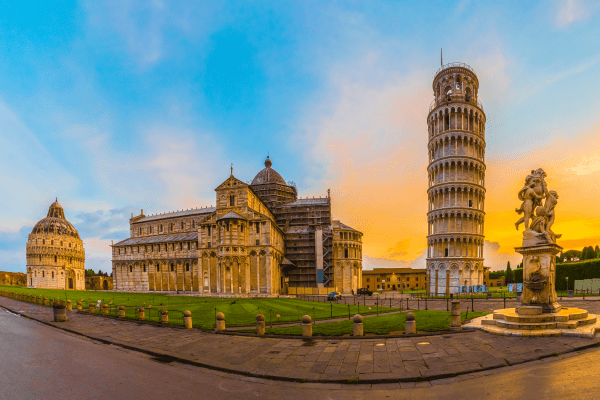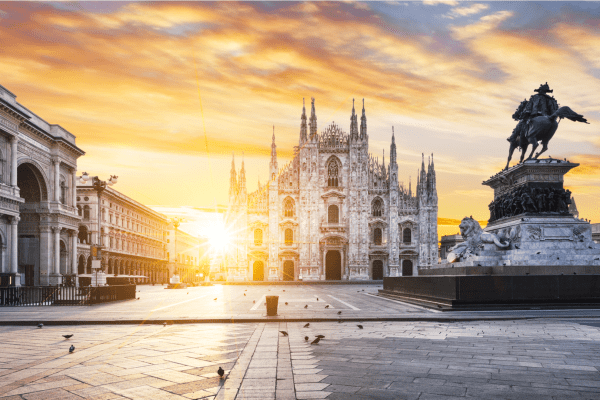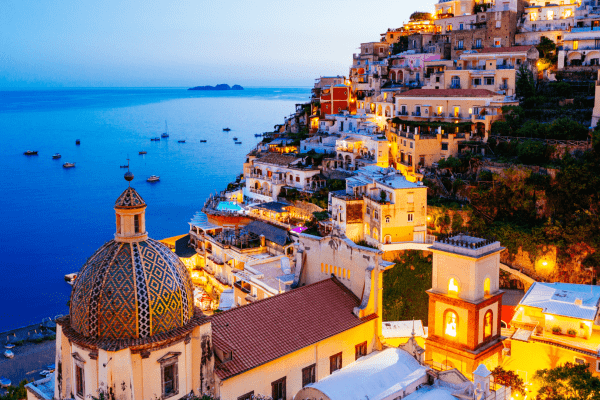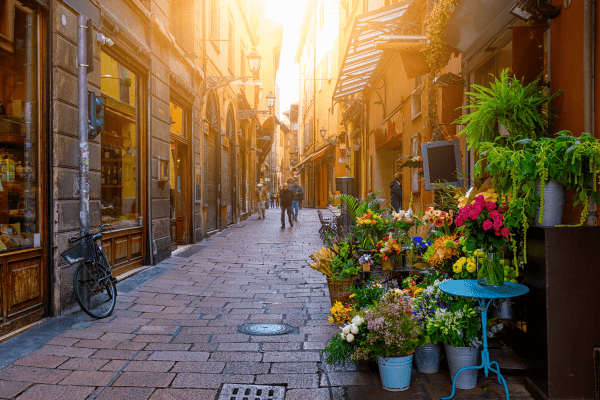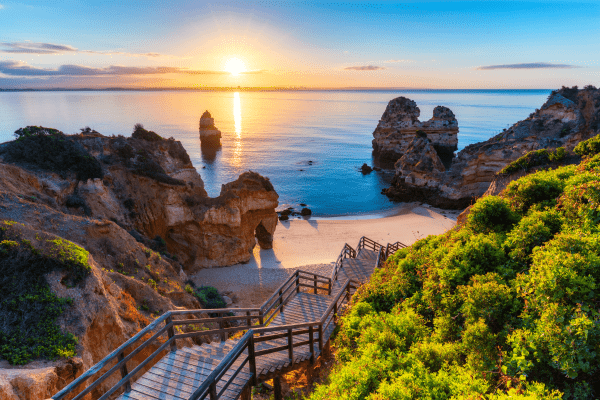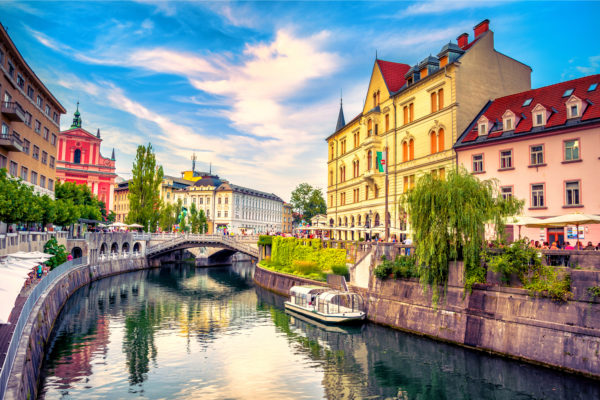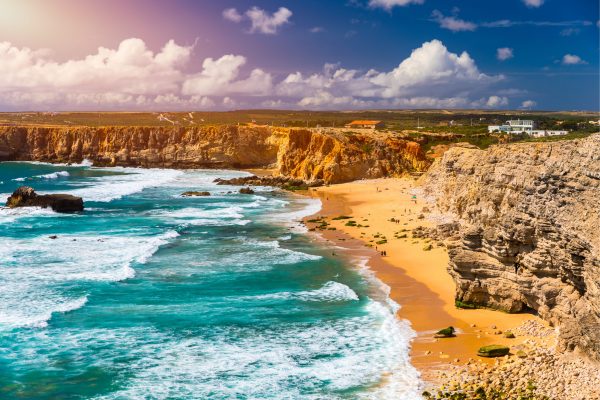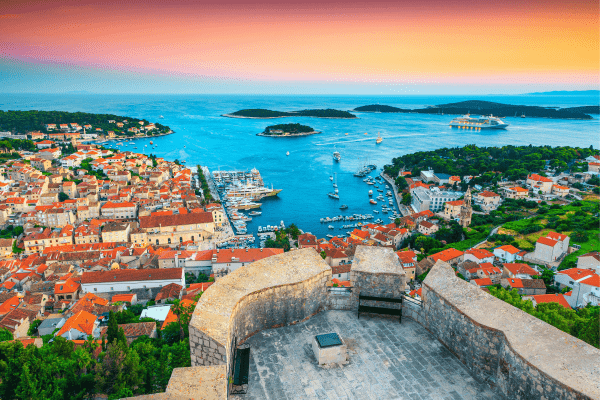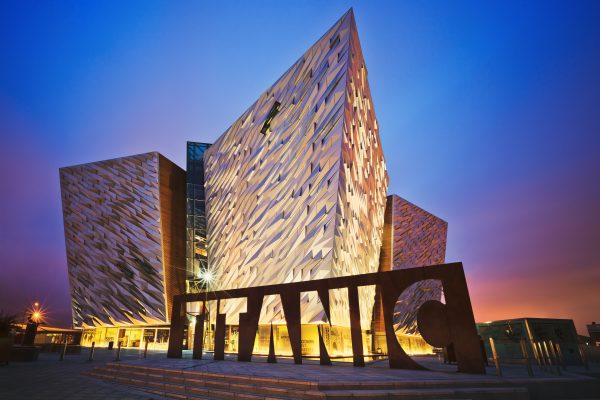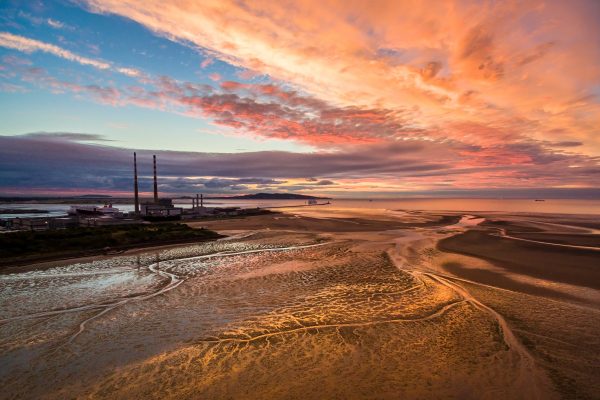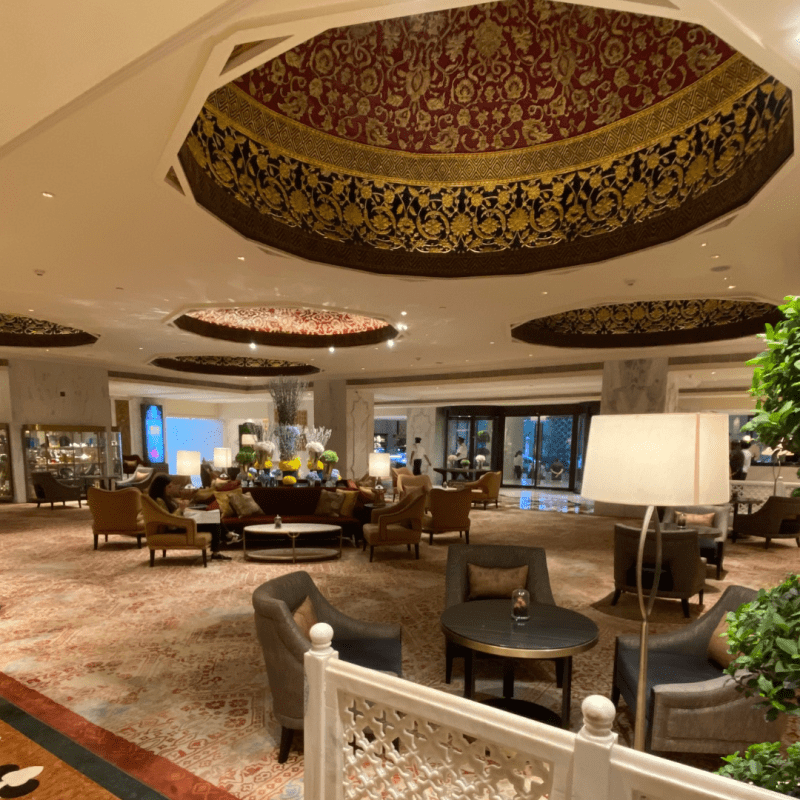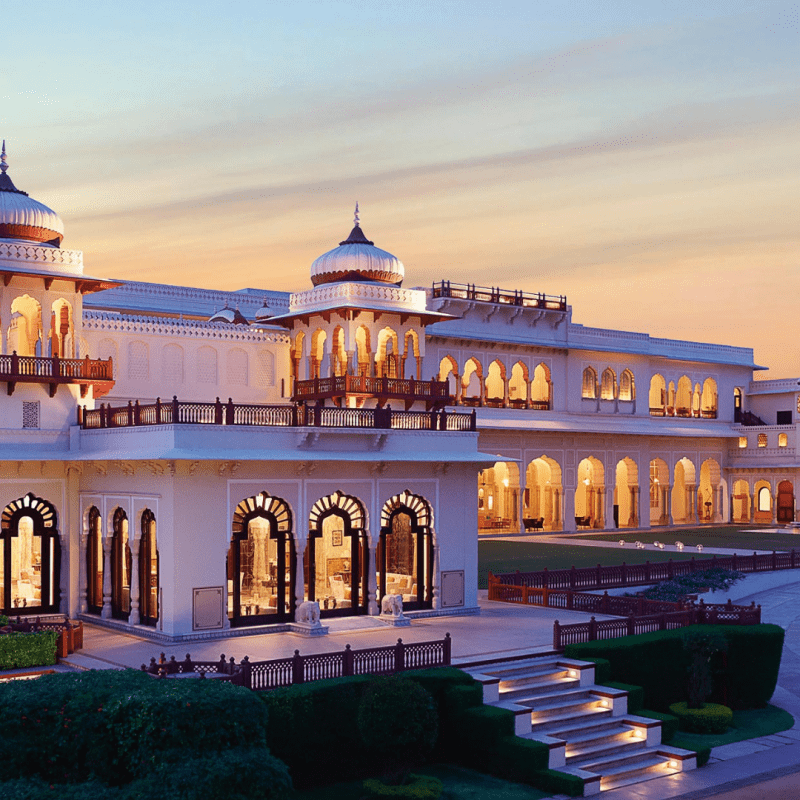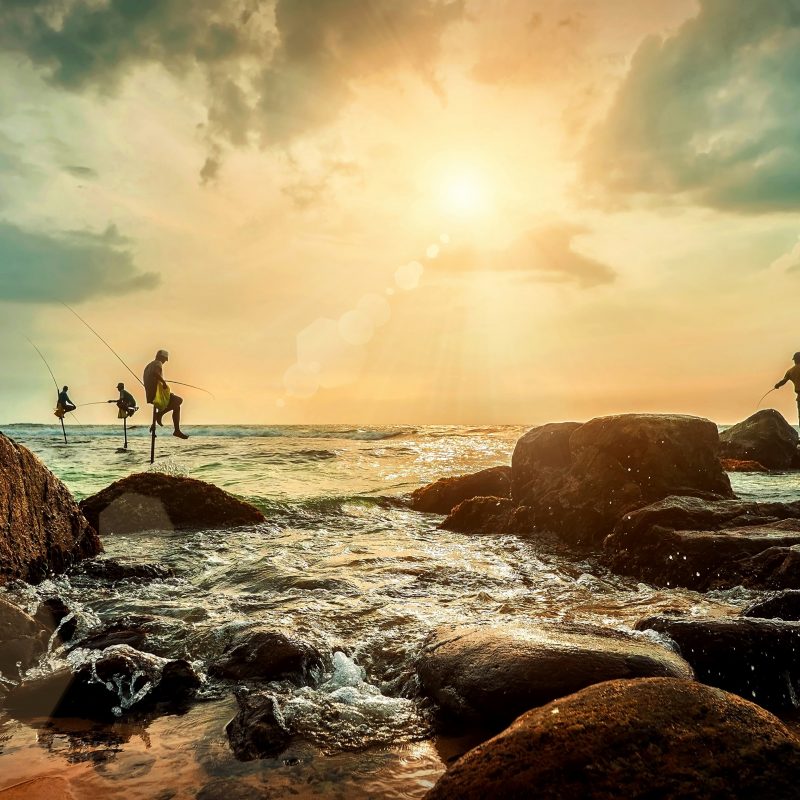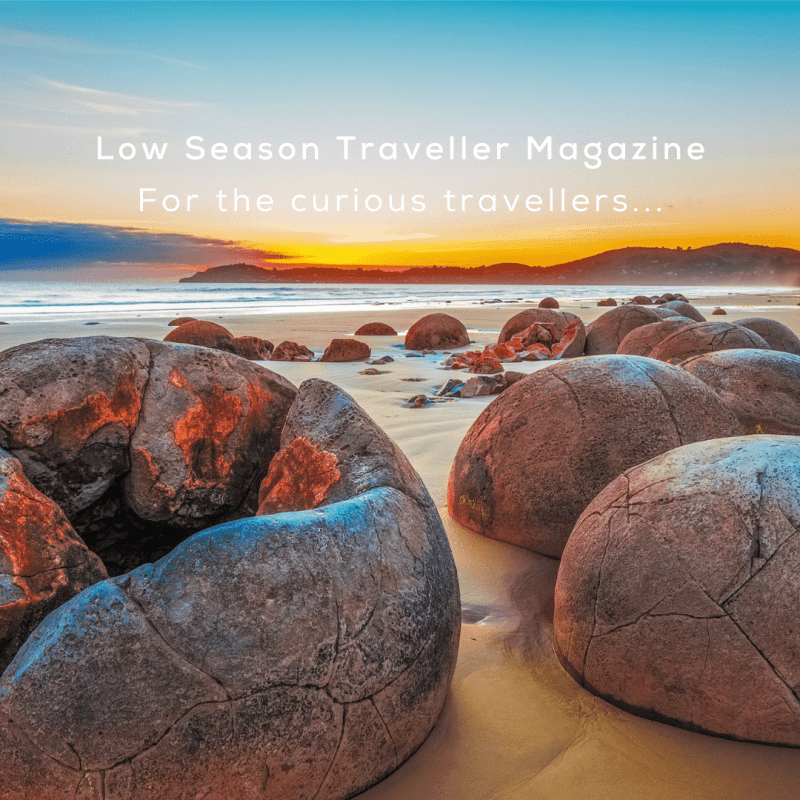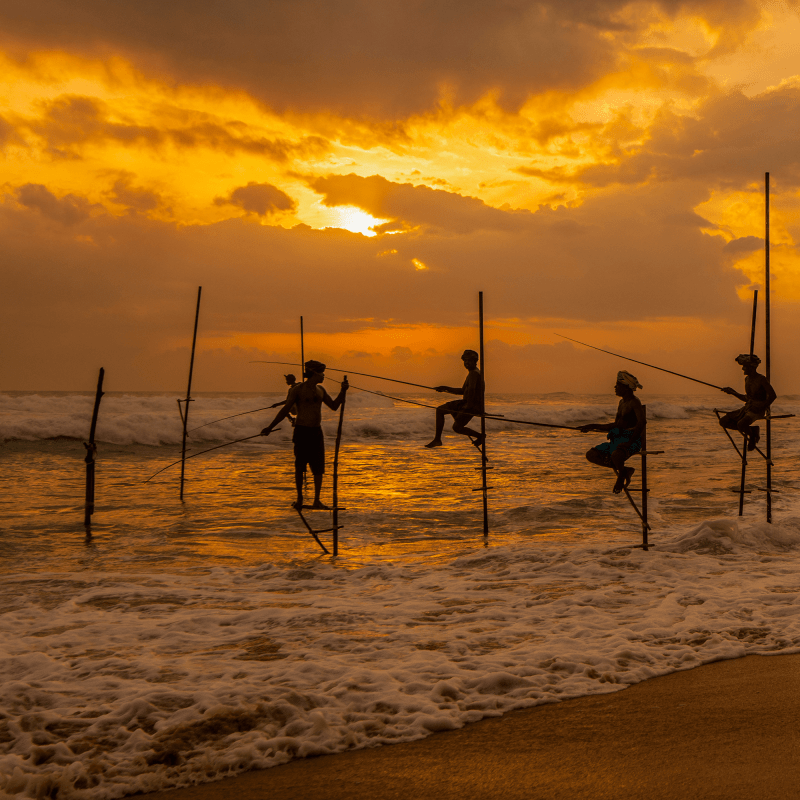“I honestly cannot understand how it’s even possible”, she said to herself peeking out of her exquisitely decorated luxury en-suite tent set deep within the wild beauty of Udawalawe National Park. “Not only have we seen herds of elephants drinking at a watering hole, wild boar, sambar deer, crocodile and ospreys, we’ve already explored historic caves, picked leaves at a tea plantation, worshipped at the temple of Buddha’s tooth and we still have a week at the beach with a package of Ayurvedic spa treatments and delicious cuisine to look forward to”.
It’s true that Sri Lanka offers an astonishingly diverse range of experiences crammed into one small teardrop shaped island: gorgeous beaches, breath-taking rainforests, tranquil plains, and no fewer than eight (eight!)UNESCO World Heritage Sites. But what truly sets this destination apart is its people. Their warm smiles, curiosity, way of life, and gentle manner makes the journey all the more worthwhile.
Regional Monsoons
The most popular time to visit Sri Lanka is the European winter and the school summer holidays. However, you can actually have a wonderful experience here at any time with temperatures fairly constant around 28 degrees on the coast and 18 degrees in the highlands. Low season, when you’ll miss the masses and have real opportunity to connect with the locals, would be May to June and September to October. The crux of the issue is to understand the island’s monsoon pattern. Hot and humid May brings the south-western rains while the north and east remain dry. September can be very hot, and then in October the weather flips with monsoon weather in the north-eastern region. In fact October can be wet island-wide. Remember that you can plan your itinerary to make the most of the dry areas and that, even during monsoon, it very rarely rains the whole day and that blue sky days are not infrequent. May is an excellent time to cover the Cultural Triangle, Kandy, Yala and the southern beaches. In June we recommend Colombo, Wilpattu, Jaffna and Knuckes. During September and October, you can focus more on the eastern side of the tea country, Wellawaya and then the beaches of the South, ending up in Colombo.
Cultural Triangle
It’s not all about surf and sea and freshly prepared curry, a trip to the central area is essential to understand Sri Lanka’s long Buddhist history. A roughly triangular shape incorporates several major World Heritage sites including the sacred capitals of Anuradhapura and Polonnaruwa with their ancient stupas. Climb the 1250 steps of the steep volcanic rock fortress at Sigiriya, once a monastery and later a royal residence. Explore the atmospheric Buddha filled caves of Dambulla and admire the magnificent frescoes inside. Spend time at the magical city of Kandy strolling round Bogambara Lake, botanical gardens and renowned temples. Finally, relax, it’s time to head to the island’s golden shores for some well-deserved down time.

